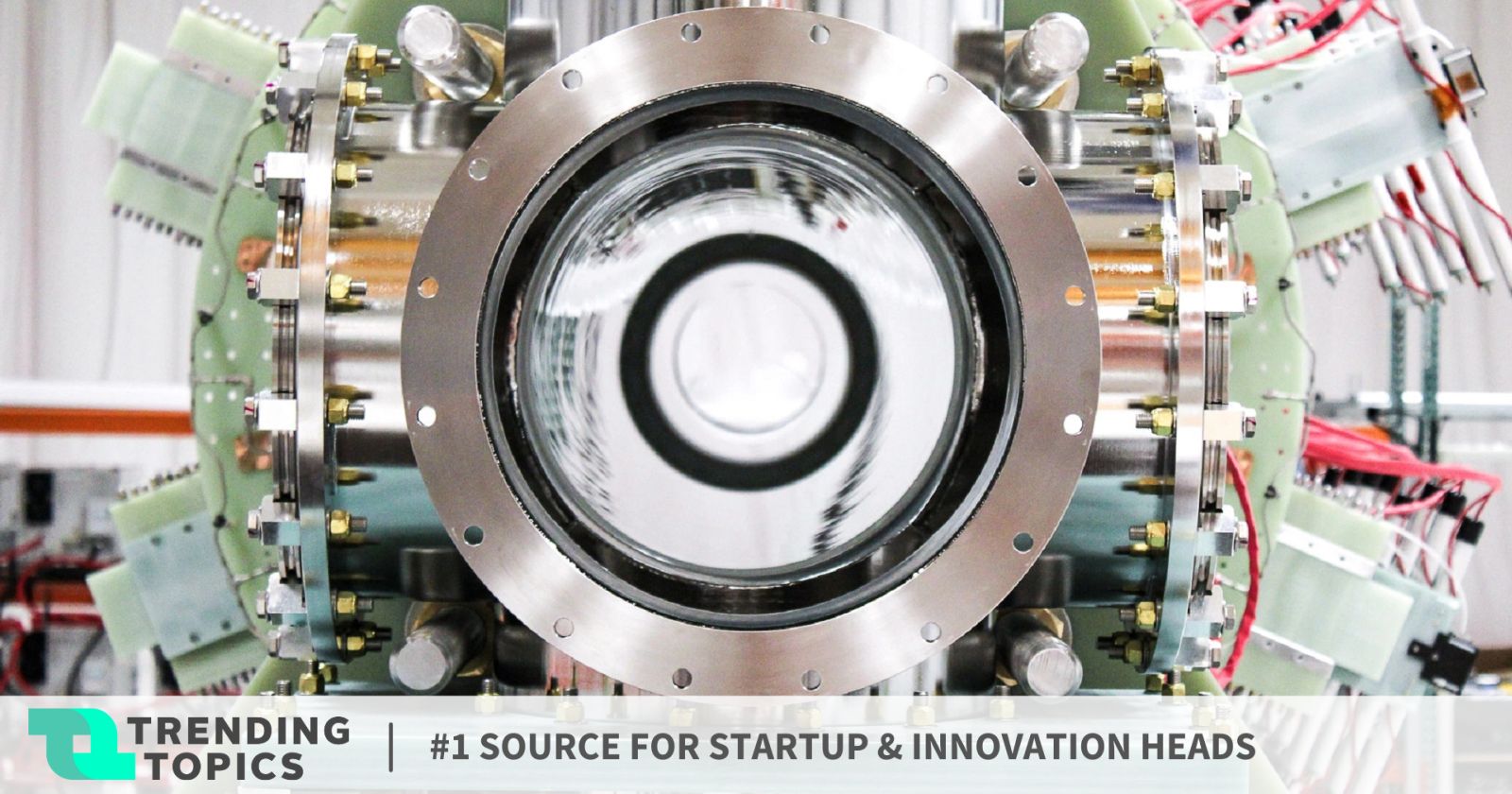Nuclear fusion is recognized as one of the potentially most important clean energy sources of the future. A milestone from last year has brought this technology a lot of attention (we reported). But there are also many critics who warn against false hopes that the first commercial nuclear fusion power plant could still be a long way off. The US start-up Helion sees it differently: The company from the state of Washington wants to put the first power plant into operation as early as 2028. Helion has already won Microsoft as a customer for this, reports the Washington Post.
Nuclear fusion milestone: US laboratory creates positive energy generation for the first time
Microsoft signs first off-take agreement for fusion power
Helion has already raised more than $500 million in venture capital. Today the scale-up announced that it would build a fusion power plant in five years. It should reach its full generation capacity of at least 50 megawatts within a year. The company’s CEO and largest investor is OpenAI CEO Sam Altman, who has now also signed a deal with tech giant Microsoft. According to the company, this is the world‘s first power purchase agreement for fusion energy.
As a reminder, nuclear fusion is the thermonuclear reaction that makes the Sun and other stars glow – the fusing of hydrogen atoms into helium. The mass of helium is slightly less than that of the original hydrogen atoms. Einstein’s famous equation E=mc² converts this mass difference into a burst of energy. Harnessing this form of energy is said to offer many benefits. Because it should produce neither greenhouse gases nor dangerous, long-lived radioactive waste like in nuclear power plants.
Marvel Fusion: The Future Energy Hope Nuclear Fusion
OpenAI’s Sam Altman sits on Helion’s board of directors
Helion seems pretty confident in its position, saying it will impose a penalty if the scale-up can’t deliver Microsoft’s promised zero-emission energy. However, the merged company declined to disclose the amount of these penalties or a copy of the agreement. But Microsoft is also confident about this deal.
“We are optimistic that fusion power can be an important technology to help ease the world‘s transition to clean energy,” Microsoft President Brad Smith said in an email. “Helion’s announcement supports our own long-term clean energy goals and will propel the market to establish a new, efficient way to bring more clean energy to the grid, faster.” Helion has strong connections through Sam Altman to the tech giant, after all, it is also involved in OpenAI with a whopping ten billion dollars.
Nuclear fusion: beware of false hopes
Experts have doubts about the ambitious goal
It all sounds very promising, but many experts doubt Helion’s ambitious plans. That’s largely because the company hasn’t commented on whether it passed the first major test for fusion, according to MIT Technology Review: extracting more energy from the process than is required to propel it. That’s exactly what Lawrence Livermore National Laboratory did in December.
“Will it be possible for a fusion reactor to be able to feed electricity into the grid? The answer is yes,” said Robert Rosner, professor of physics and astrophysics at the University of Chicago. “Do I think it will happen soon? No. In my opinion, it will be in the late 2030s to 2040s.” According to him, Helion is driving some of the most promising fusion technologies. However, there are still thorny problems in producing the required fuel and sustaining the reaction over long periods of time. Rosner is also skeptical of Helion’s projection that fusion power will cost a fraction of the price of solar power.
It’s not the first time Helion has set itself an ambitious goal – and, if the skeptics are right, it’s not the first time the scale-up has overreached itself either. In 2015, the company said it would commission a 50-megawatt pilot plant within four years. It didn’t come to that.
